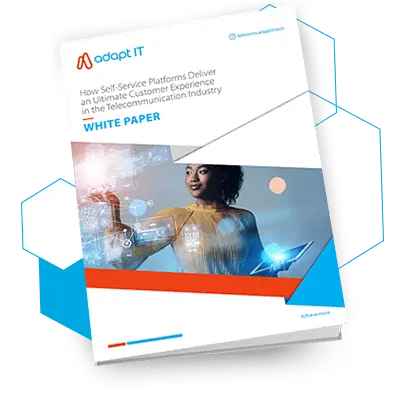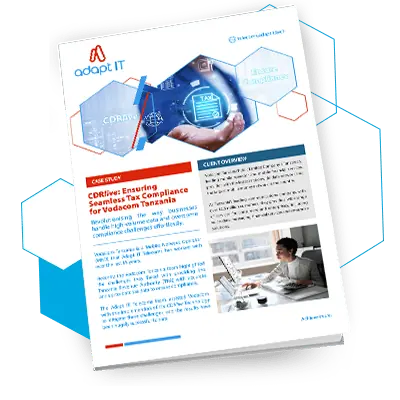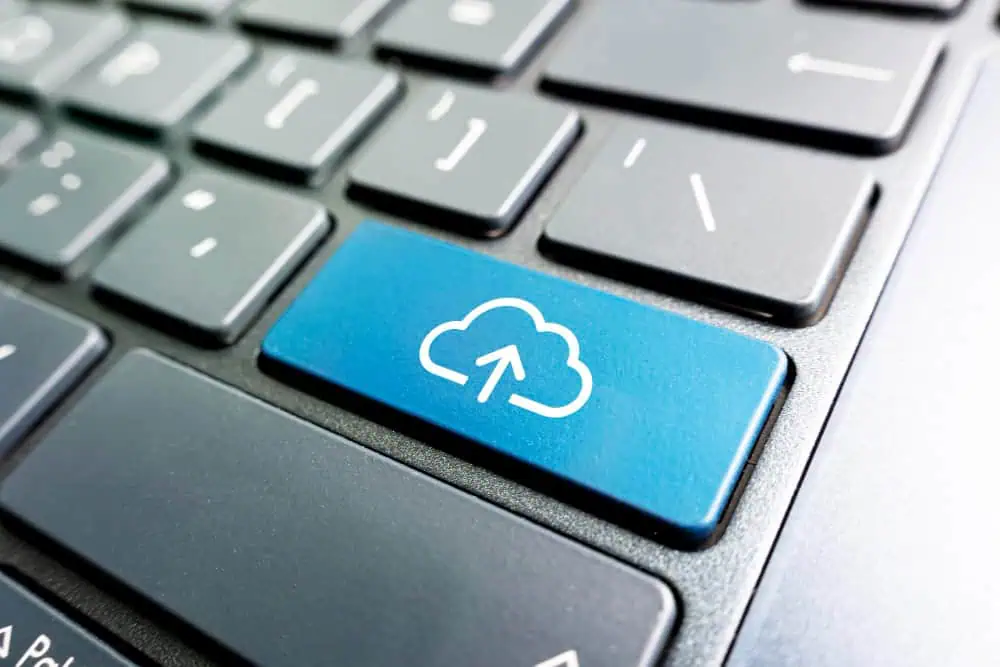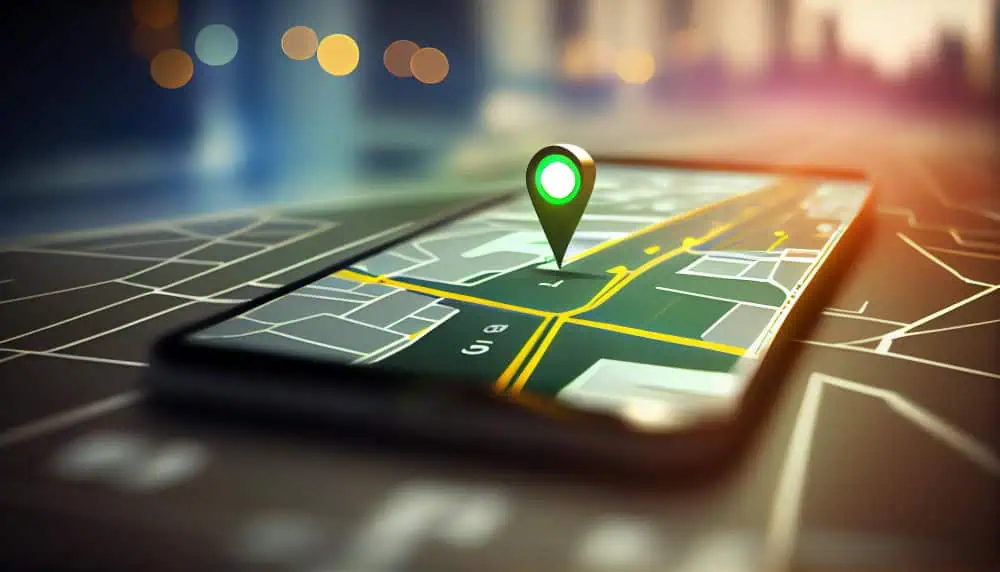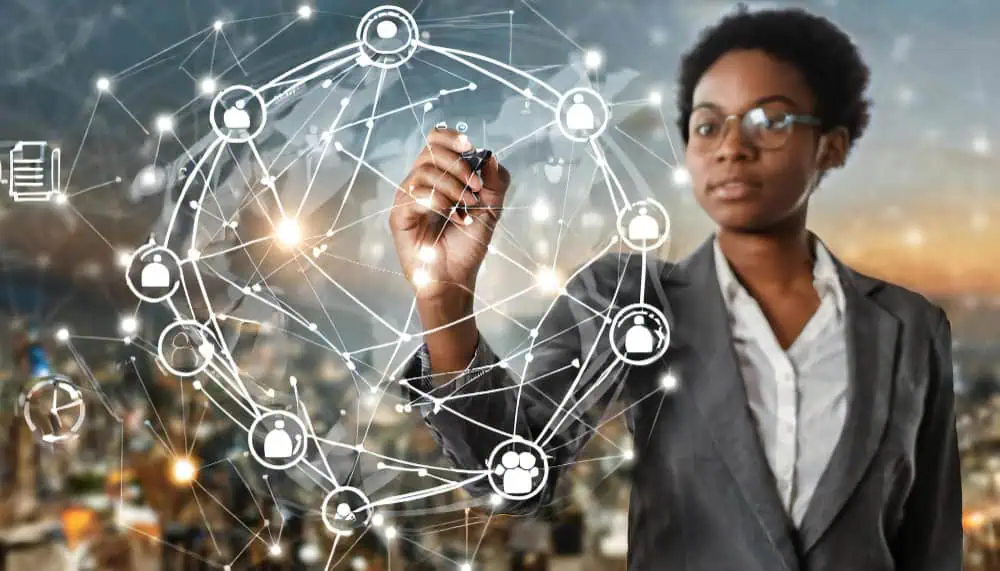The Fourth Industrial Revolution, otherwise known as 4IR, is changing industries as we know it. With digital transformation driving technological change across sectors, the lines between physical, digital, and biological worlds are blurring. Machines and technology are being used to improve business operations, logistics, processes, customer experience, analytics, and more. We unpack this in more detail below.
Table of Contents
ToggleTo understand the Fourth Industrial Revolution, we need to look at the previous industrial revolutions. The First Industrial Revolution focused on the use of water and steam power to mechanise production and was largely focused on the invention of the steam engine. The Second Industrial Revolution focused on the use of electric power to facilitate mass production. The Third Industrial Revolution utilised electronics and information technology to automate production.
The Fourth Industrial Revolution is largely seen as building on the third. It utilises and fuses innovative technology like artificial intelligence (AI), robotics, the Internet of Things (IoT), 3D printing, genetic engineering, quantum computing, and more to enhance processes, automation, operations, logistics, and how industries and sectors do things. This is done to maximise efficiency, productivity, and profitability.
When examining the Fourth Industrial Revolution, which is also often referred to as Industry 4.0, it is essential to note that the focus is on how hardware, software, and connectivity are being reworked and integrated and how these systems impact an organisation. These technologies are utilised to achieve business goals, enhancing the collection and analysis of vast amounts of data (advanced analytics) and the seamless integration between smart machines/devices. This all impacts how the physical and virtual elements of production work together.

5G empowering the 4IR
As mentioned above, connectivity plays a significant role in this digital revolution. This is primarily because, without connectivity, technology is unable to connect, integrate and work together. 4G has played a large role in digitisation and has enabled this technology revolution to occur, but 5G is set to amplify this in a big way, especially where economic growth is concerned. How big do we expect this industry to grow? The Industry 4.0 segment is estimated to account for about 22 million 5G IoT units in 2030, with most applications related to manufacturing and supply chains according to PwC.
5G will impact 4IR in a big way as it enhances connectivity and data processing capabilities by offering high-speed transmissions (reaching up to 20 gigabits per second), more coverage and bandwidth, low latency, amplified capacity for remote execution over a wide area, and an increase in the number of Internet of Things (IoT) devices, machines, and smartphones that can connect. It also enables network slicing and offers edge computing opportunities. The evolution and availability of this fifth-generation network will allow for more IoT devices and machines to connect to the network and increase the speed at which these devices can communicate and share data.
5G will impact the ability of those in different sectors to gain real-time Advanced Analytics from big data. Advanced Analytics is key to growth and success as it provides invaluable insight into an organisation’s processes, operations, efficiency, and profitability. The enhanced connectivity and data processing capabilities of 5G allow a business to efficiently access information relating to the organisation to identify issues, problems, trends, risks, or opportunities to enhance productivity, efficiency, and profitability.

The influence of technology on 4IR
At the center of the Fourth Industrial Revolution are several different technologies that are utilised to enhance processes and operations. These technologies include the likes of:
- Artificial intelligence (AI) – by utilising this technology, machines are programmed to think like humans and mimic their actions. In this way, AI can rationalise and take specific steps that have the best chance of achieving a specific predefined goal. This technology utilises machine learning which enables computer programs to automatically learn from and adapt to new data without the assistance of humans. As mentioned above, Advanced Analytics is crucial to business success, and AI plays a vital role in this. AI assists with data preparation, the visualisation of streaming data, the accuracy of data, and providing real-time data analytics. In simple terms, AI makes sense of large volumes of business data by interpreting it to facilitate actionable insights that are often automated. AI also reduces the chance of human error.
- Faster computer processing – new technology is making the impossible possible, especially where computers are concerned. With new technology, computers can process large amounts of data faster than ever before. With 5G connectivity and quantum computing technologies, computers will be a powerful tool for businesses across industries to utilise. This will supercharge AI, create highly complex data models in seconds, and allow instant and real-time access to insights and analytics.

- Virtual reality (VR) and augmented reality (AR) – VR and AR provide collaborative environments that allow people to be immersed in digital experiences that merge digital and physical environments. These collaborative environments allow people to come together, interact, communicate, discover and/or work remotely. This technology has many uses in Industry 4.0. It can be used to upskill employees faster, it can customise a customer experience, allows teams to explore, test and evaluate different products or offerings as well as helps organisations to develop higher quality products faster. Also referred to as extended reality technologies, this innovative technology has the potential to deliver a $1.5 trillion boost to the global economy by 2030, according to an economic impact assessment conducted by PwC. This technology will enable organisations to enhance and create new customer experiences, speed up product development and improve workplace safety.
- The Internet of Things – IoT is a connected network of objects, devices, and things that rely on sensors, software, network connectivity, and computing capabilities to collect, exchange, and act on data. By using IoT, businesses can collect consumer data from connected products, machines, and mobile devices and turn this data into analytics that can be utilised to customise products and offerings, create tailored marketing campaigns, and more. Several other industrial applications can utilise this information. For example, in the agriculture sector, IoT devices can be used to monitor the soil composition and feed this information back to the farmers to assist with deciding on the right fertiliser to use.
4IR Impact on businesses
The Fourth Industrial Revolution and technological innovation are significantly affecting businesses across sectors with machines taking centre stage. The implementation of innovative technology and platforms like the ones mentioned above are enabling organisations to do more with less, which affects the labour markets and workforce. In this case, machines have come to, in many ways, replace specific business processes and, in doing so, staff, professionals, and employees.
In this way, machines and digital technology have become a business’s biggest asset rather than its labour force wherein high-skill machinery and computers have replaced low-skill employees. Implementing these technologies has enabled businesses to automate processes, collect and analyse vast sets of data while turning this into actionable insights. These insights are then used to improve business models, customer experience, services, new products, and business operations and processes. Each of these elements impacts how the organisation operates and can mean the difference between success and failure. With so many ways to utilise this technology, businesses will need to harness the right technology for their needs, goals, and overall objectives.

Conclusion
The Fourth Industrial Revolution has had an immense impact on organisations across sectors. The use of innovative and emerging technology is set to continue with the breakthroughs in connectivity related to the implementation of 5G across the globe. This enhanced connectivity and the application of technology allow businesses to improve many aspects of the organisation, especially where customer experience, products, offerings, customer segmentation, and operational efficiency are concerned. The Fourth Industrial Revolution is now making way for Industry 5.0, which is set to create an even bigger disruption as it focuses more on people working alongside robots and smart machines to enhance business processes. This will leverage advanced technologies to help humans work better and faster.

Add Value To Your End Users
Explore the intricate details of NextGen v.Services and how It provides a future-proofed, cloud-ready solution that can adapt to digital transformation trends and facilitates fast and convenient implementation of new services.

As the Global Head of Marketing and Business Development with 20 years of experience, Agnieszka’s expertise lies in the practical implementation of digital and traditional marketing strategies for B2C and B2B companies. Through her long-term, client-focused, strategic approach, and branding experience, she continues to develop innovative marketing plans that yield significant results. Now working in the SaaS industry, she oversees a multitude of solutions within the telecommunications industry including Customer Experience & Self-service, VAS, NextGen, IoT, FinTech, and Advanced Analytics.
